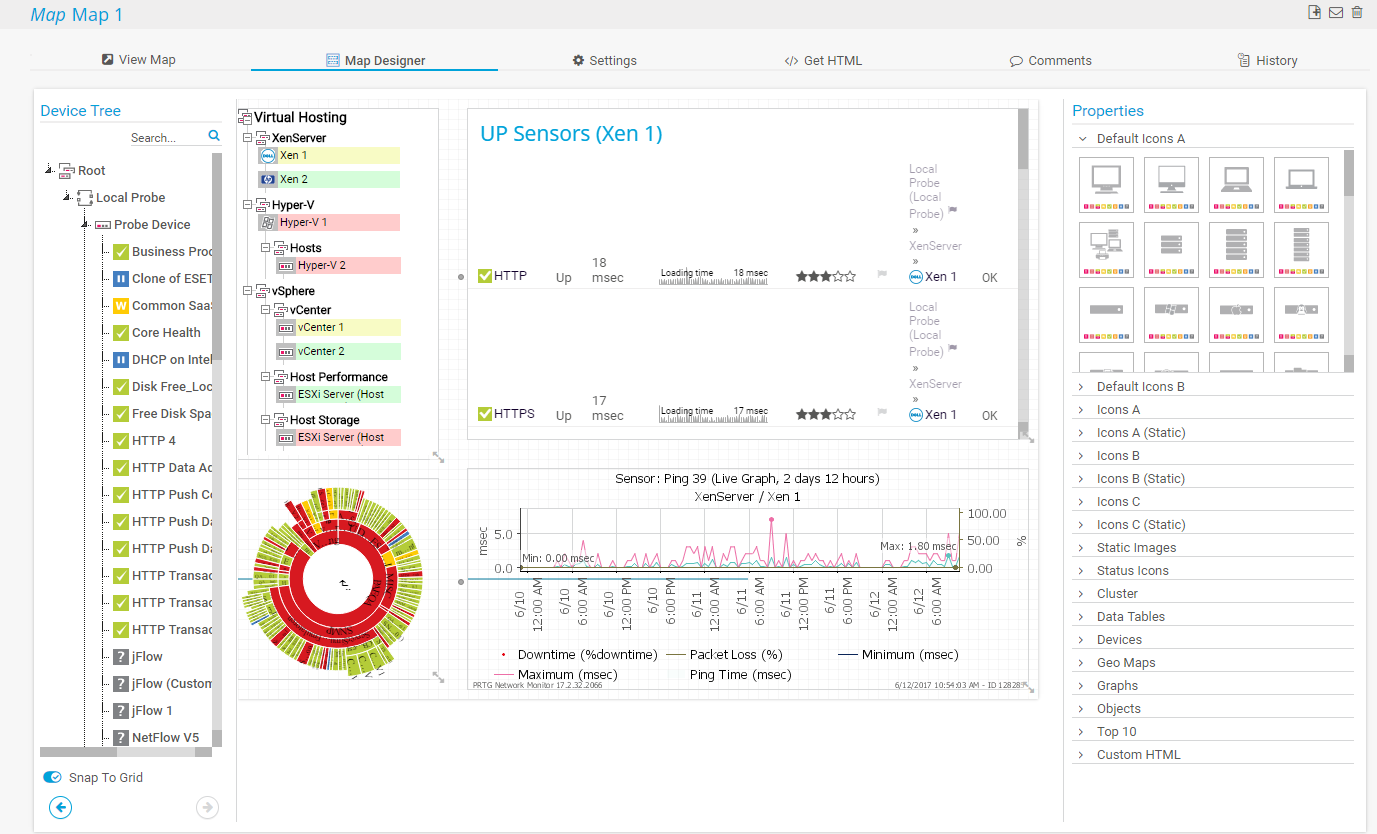
See ExpressRoute limits for more information about these limits.Ī VPN gateway's maximum aggregated throughput is 10 gigabits per second. Your organization or your connectivity provider must configure the on-premises routers accordingly.ĮxpressRoute circuits with premium add-ons provide global connectivity.ĮxpressRoute is bound to certain limits there are a maximum number of ExpressRoute connections per ExpressRoute gateway and ExpressRoute private peering can identify a maximum number of routes from Azure to on-premises. Using BGP metrics to influence ExpressRoute routing is a configuration change made outside of the Azure platform. For more information, see Optimize ExpressRoute routing. When multiple ExpressRoute circuits are connected to the same virtual network, use connection weights and BGP techniques to ensure an optimal path for traffic between on-premises and Azure. If this capability is required, Azure Route Server should be considered. VPN gateways with Border Gateway Protocol (BGP) are transitive within Azure and on-premises, but they don't provide transitive access to networks connected via ExpressRoute by default. Network-to-network traffic might experience more latency because traffic must hairpin at the Microsoft Enterprise Edge (MSEE) routers.īandwidth will be constrained to the ExpressRoute gateway SKU.ĭeploy and manage UDRs if they need to be inspected or logged for traffic across virtual networks. You can use ExpressRoute circuits to establish connectivity across virtual networks within the same geopolitical region or by using the premium add-on for connectivity across geopolitical regions.

Review the supported resources of Azure DDoS Protection Standard protection plans

For more information on Azure DDoS Protection Standard protection pricing, see the pricing page or the FAQ. Any other public IP addresses over the 100 included with the plan, are charged separately. Only resources with public IP addresses are covered by Azure DDoS Protection Standard protection plans.ġ00 public IP addresses are included in the cost of an Azure DDoS Protection Standard protection plan across all protected virtual networks associated to the DDoS protection plan. For more information, see Azure DDoS Protection Standard. For more information, see Hub-spoke network topology in Azure.Īn Azure DDoS Protection Standard protection plan can be shared across all virtual networks in a single Azure AD tenant to protect resources with public IP addresses. User-defined routes (UDRs) and network virtual appliances (NVAs) are required to enable a transit network. Virtual network peering and global virtual network peering aren't transitive.

You can use virtual network peering to connect virtual networks in the same region, across different Azure regions, and across different Azure Active Directory (Azure AD) tenants.

Virtual network peering is the preferred method to connect virtual networks in Azure. However, you can achieve connectivity between virtual networks across different subscriptions by using virtual network peering, an ExpressRoute circuit, or VPN gateways. Virtual networks can't traverse subscription boundaries.
#Network topology mapper review full#
Examples are one large flat virtual network, multiple virtual networks connected with multiple Azure ExpressRoute circuits or connections, hub and spoke, full mesh, and hybrid. Various network topologies can connect multiple landing zone virtual networks. Explore key design considerations and recommendation surrounding network topologies in Microsoft Azure.įigure 1: A traditional Azure network topology.


 0 kommentar(er)
0 kommentar(er)
